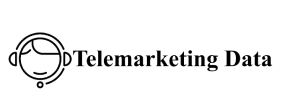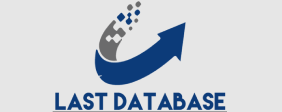A/B testing, also known as split testing, is a valuable technique used in marketing and digital communication strategies to optimize various elements of content, such as subject lines, content body, and call-to-action (CTA) buttons. It involves creating two or more versions of a particular element and comparing their performance to determine which one yields better results. A/B testing can be applied to subject lines, content, and CTAs to enhance engagement, conversion rates, and overall campaign effectiveness. Subject lines are crucial in email marketing as they determine whether a recipient will open the email.
Analyzing open rates, marketers can discern which subject
line resonates better with their audience and drives higher open rates. For instance, testing a concise, curiosity-evoking subject line against a descriptive one can reveal which approach is more effective. Content optimization through A/B testing involves experimenting with different Color Correction styles, tones, and lengths of the main content. Marketers can create two versions of an email with distinct content and analyze metrics such as click-through rates and conversion rates. This testing can uncover which content resonates more with the target audience, leading to better engagement and improved conversion rates. For instance, testing a story-driven narrative against a list-based approach can provide insights into audience preferences.
CTAs are pivotal in driving user actions, such as making
A purchase, signing up, or downloading. A/B testing CTAs involves creating multiple versions of a CTA button with varying texts, colors, and placements. By analyzing click-through and conversion rates, marketers can identify the CTA variation that encourages more users to take the desired action. For example, testing a “Buy Now” CTA against a “Learn More” CTA can help determine which option converts more BO Leads effectively. It’s essential to follow a structured approach when conducting A/B tests. Clearly define your goals, select one element to test at a time, create variations with only one differing element, split your audience randomly, and track and analyze the results statistically. Continuous testing and optimization based on the insights gained from A/B tests .







